Japanese teas are famous for their unique and strong umami, a flavor similar to kelp, full of sea feeling. However, not everybody loves this taste. Fortunately, there is a particular type: Hojicha. Whether the looks and flavor, Hojicha has a significant difference from other Japanese teas.
What Is Hojicha
Hojicha is written as “ほうじ茶” in Japanese, means the teas which had been roasted. Hojicha is processed from Japanese green teas like Sencha, Bancha, or Kukicha. Most tannin and caffeine in leaves were lost because of the high-temperature roasting, and some ingredients were changed. That made Hojicha got a strong fried nut fragrance and lesser bitter taste.
There are no records about when Hojicha came and who invented it. An acceptable saying is that Hojicha came in the early Showa Period, developed by a tea merchant in Kyoto.
It was an economic depression time. Teas were unsalable, and the merchants backlogged vast of stock. It was a terrible situation. Almost all the Japanese teas are green tea; they won’t get a higher value and better flavor after long-term storage like Chinese Pu-erh, Oolong, and white teas; they will go bad. Since Japanese green teas are fixed in a steaming way, that makes things get worse.
Later, the merchants found that roasting these stocked leaves could reduce their water content further, making them can be stored for a longer time. It thoroughly changed the flavor of the leaves, the appearance and infusion are turned brown too. Still, it was better than to waste them all.
Fortunately, these roasted green teas taste awesome and attract lots of fans. Even after Japan’s economy recovered later, the processing of Hojicha hadn’t gone but popular in the whole nation.
People often confuse Hojicha with Chinese Rock Tea because they likewise have brown looks and roasted aroma. Rock tea lovers are also like to re-bake the leaves to increase the fragrance regularly, but it’s not the same as Hojicha essentially. Hojicha belongs to the non-fermented green tea, and rock tea belongs to the partially fermented Oolong.
Hojicha can get various flavors by different basis leaves combinations and roasting ways. At the most beginning, tea masters primarily used the low-grade Bancha and stem teas as basic to process Hojicha. Now they are also starting to try using some high-grade Sencha to do the job.
Many Japanese housewives have a skill. They know how to DIY Hojicha: to roast the Sencha or Bancha loose leaves with a pan. Most of the time, it is because the leaves had been stored a long time or they got damped. Besides, to housewives, Hojicha is not only a tea but also a great ingredient for cooking.
The simple processing method, affordable price, and different flavors from traditional Japanese teas make Hojicha a position in many Japanese houses.
Hojicha Benefits
Green tea is widely respected for its great benefits. And what good can the deep-roasted Hojicha bring to health?
During high-temperature heating, most of the nutrition ingredients(like EGCG) are lost or changed. Compared with traditional green tea, Hojicha has a slightly less effect on antioxidation and anti-inflammation. However, the conversion also brings some new ingredients like pyrazine. Pyrazine and L-theanine are the primary components of Hojicha’s aroma. To the human body, they can help relax and boost blood circulation.
Some people are worried about the side effects of caffeine in green tea. A cheering thing is that although high-temperature heating made Hojicha lose many nutrition ingredients, the tannin and caffeine content was also reduced. As a result, Hojicha tastes not so bitter and astringent as ordinary green tea. You will be less likely to suffer from insomnia by drinking Hojicha. Less caffeine also reduces the stimulation to the digestive system; it is good news to children, old people, and those who got weak stomachs.
Worth knowing, Hojicha still contains caffeine. People who are sensitive to caffeine or pregnant women still need to take care of it.
Common Hojicha Types and Flavors
Just like Bancha, Hojicha is defined broadly; every Japanese green tea after being roasted can be called Hojicha. Here are 5 common and famous Hojicha types.
Hoji Bancha
Hoji Bancha is the most common Hojicha type. It is typically made from Nibancha(二番茶) and Akibancha(秋冬番茶); products made from Akibancha usually with lots of stems, with robust roasted aroma. In Hokkaido, Tohoku, and Kansai, tea masters will process the Bancha into Hojicha directly before the sale. So in local, Bancha defaults for Hojicha.
Hoji Sencha
Just as the name implies, Hoji Sencha takes Sencha as the basic. It has tenderer leaves, higher quality, retains the charming umami and sweetness of Sencha, and with a full fried nuts aroma. Of course, the price is also higher.
Kyobancha
Kyobancha is known by everyone. It originated in Uji, Kyoto, made from the leaves harvested in autumn. The leaves had not been rolling and kept the intact shape, also the stems. After frying(釜炒), leaves turn brown and look withered. Uji is a famous tea production region in Japan, leaves have a top-grade quality. So Kyobancha tastes awesome, mellow, and brisk.
Kaga Bocha
Kaga Bocha can be said as the most famous Hojicha. It originated in Kanazawa, Ishikawa at the Meiji 35, which is the first Hojicha made from only roasted stems, so it is also called Kukicha(stem tea). The raw sources are from the picked-out twigs during high-grade Sencha processing. The twigs have only been a short high-temperature roasting, so the infusion shows amber, tastes mild, and smells elegance. The ordinary populace can afford it because of the low price.
At Showa 58, the Emperor of Japan visited Kanazawa. The local tea merchants presented the Bocha to the Emperor, which was made from the best stems. The Emperor appreciated it after having a taste and brought it back to the palace. The local merchants took it as an opportunity, brand the Kaga Bocha, and started the business promotion in the whole country. Sinch that, Kaga Bocha getting known by every Japanese, even made a unique Kaga Bocha Culture.
Karigane Hojicha
Karigane Hojicha is from the Kansai region of Japan. Similarly, it takes the picked-out stems during the high-grade Gyokuro processing as basic, so it got a higher quality. The stems have richer ingredients than the leaves. After roasting, they can get a more mellow fragrance than other Hojicha.
How To Make Hojicha
Hojicha gets a robust aroma by the roasting, but it also lost much taste. So you can put more leaves when brewing it.
- Prepare and preheat the teawares. A Kyusu(about 150ml) with an infuser in will be better;
- Put 5-8g Hojicha leaves in;
- Adding 100℃ water;
- Try not to cover the teapot for removing the burning smell created during roasting;
- Steep for about 30 seconds;
- Pour all the infusion into teacups, enjoy;
Hojicha has a charming flavor, friendly price, and is easy to prepare. Many Japanese izakayas and small restaurants love to serve their customers with Hojicha.
However, compared with just-brewing, the most fantastic characteristic of Hojicha is the various consuming ways.
Extra Consuming Ways
Hojicha Ice Cream
Grind the Hojicha into powder, like Matcha, mix with milk and cream, making a brown Hojicha flavor ice cream. It’s the most favorite of visitors to Japan. The full roasted fragrance is like coffee but not all the same, a slight bitter inside the sweet cream, so addictive.
Hojicha Dumpling
Dumpling is a Japanese traditional special snack, often paired with tea as a dessert. With the dumpling made from Hojicha powder blended, coat a layer of red bean paste on, and company with a cup of hot tea, you will feel as most relaxed you can.
Hojicha Shaved Ice
Shaved ice is a summer star in the eastern countries. Add sugar into the brewed-up Hojicha to get the syrup, layer it on the shaved ice, and then moderate condensed milk. Any sweet teeth can’t refuse this sweet and cool feeling.
Hojicha Chazuke
If you love Japanese TV shows, you may often see the Chazuke(茶漬け) on the screen; It is a traditional Japanese home cuisine. Pour the brewed-up Hojicha into the bowl with rice in, add some kelps, stir and eat. According to personal taste, you can season it with some dried squid, raw egg, prunes, or soy sauce.
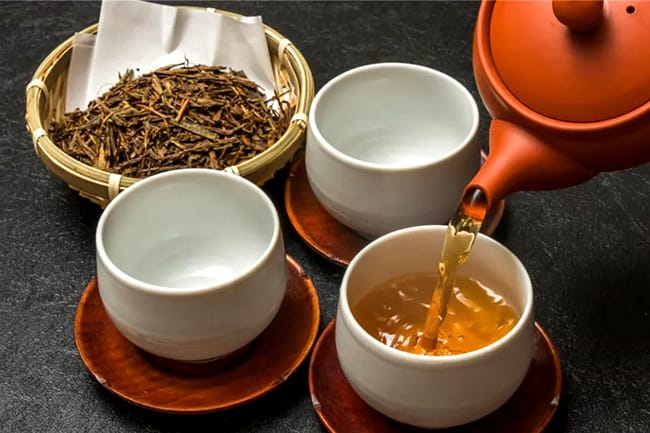
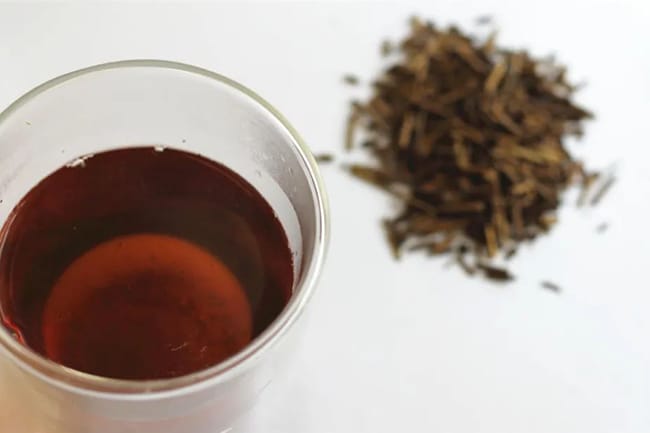
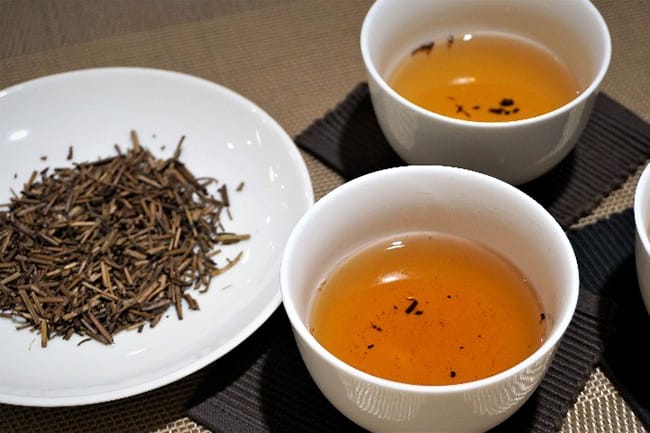
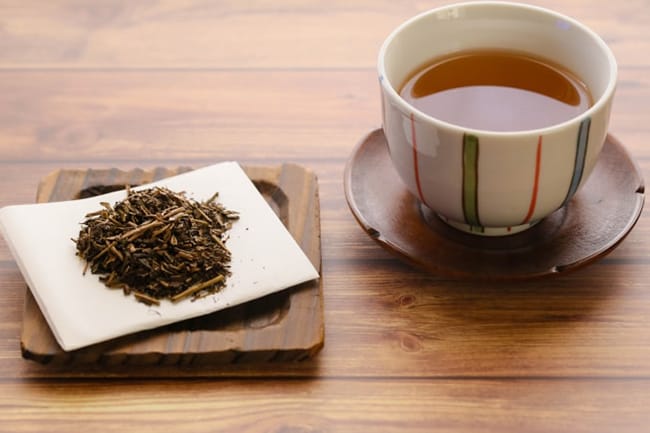
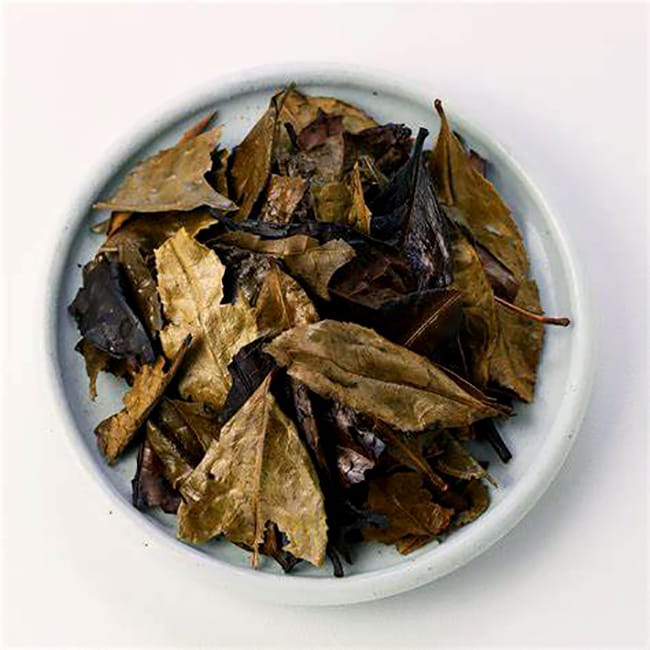
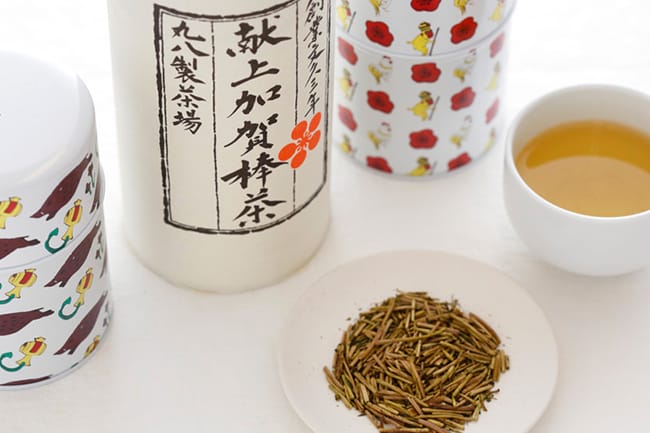
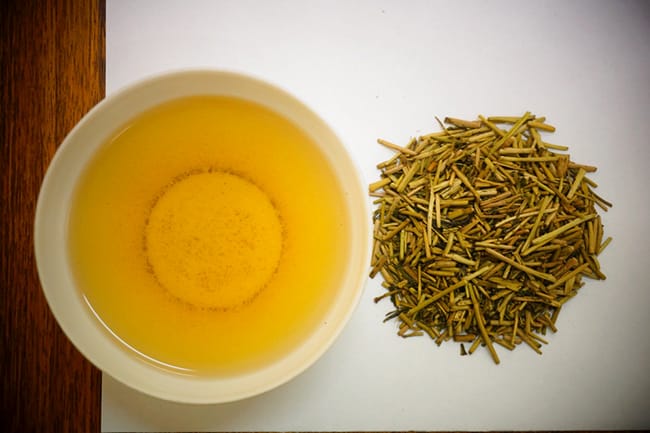

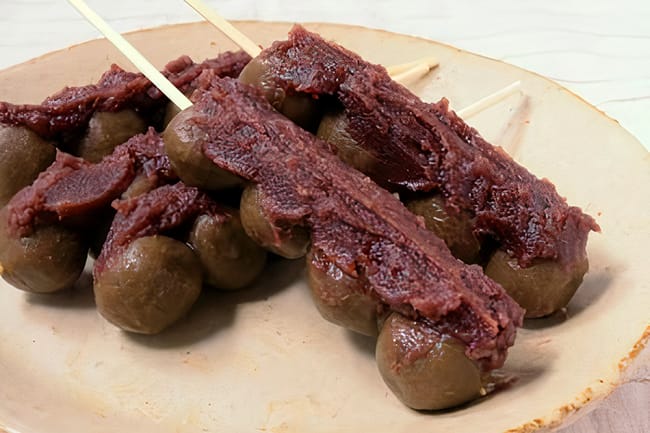
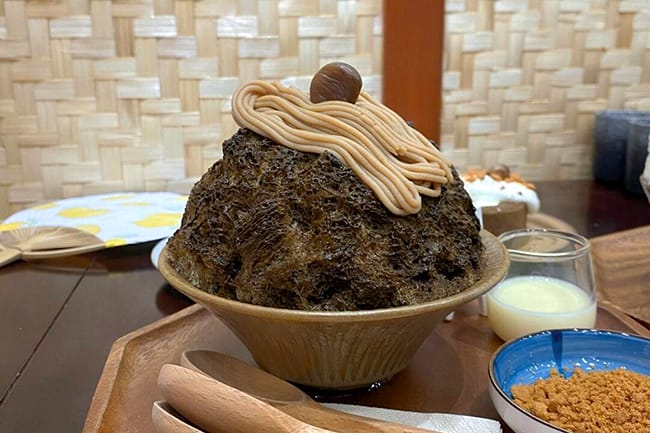

No comments:
Post a Comment